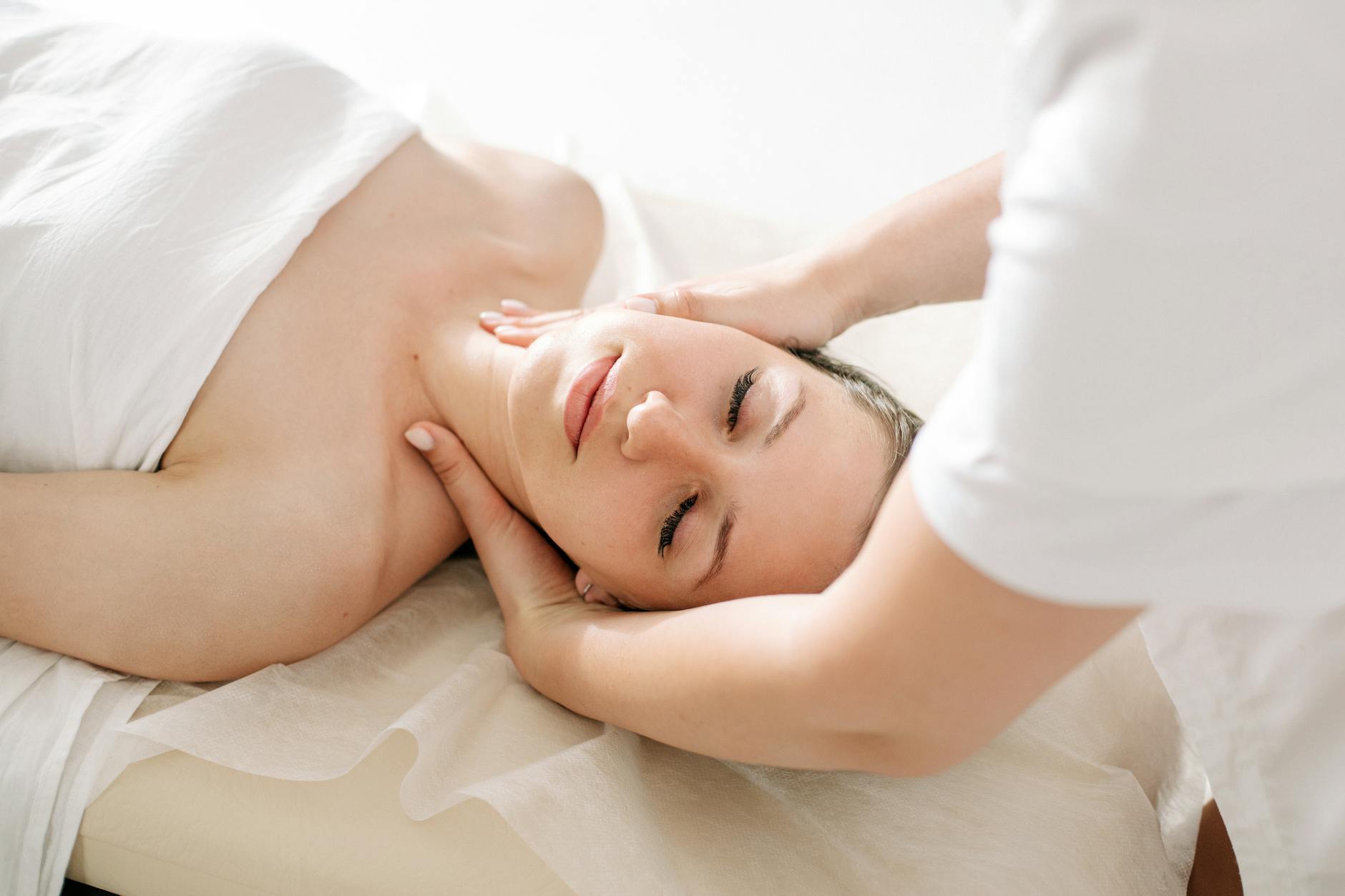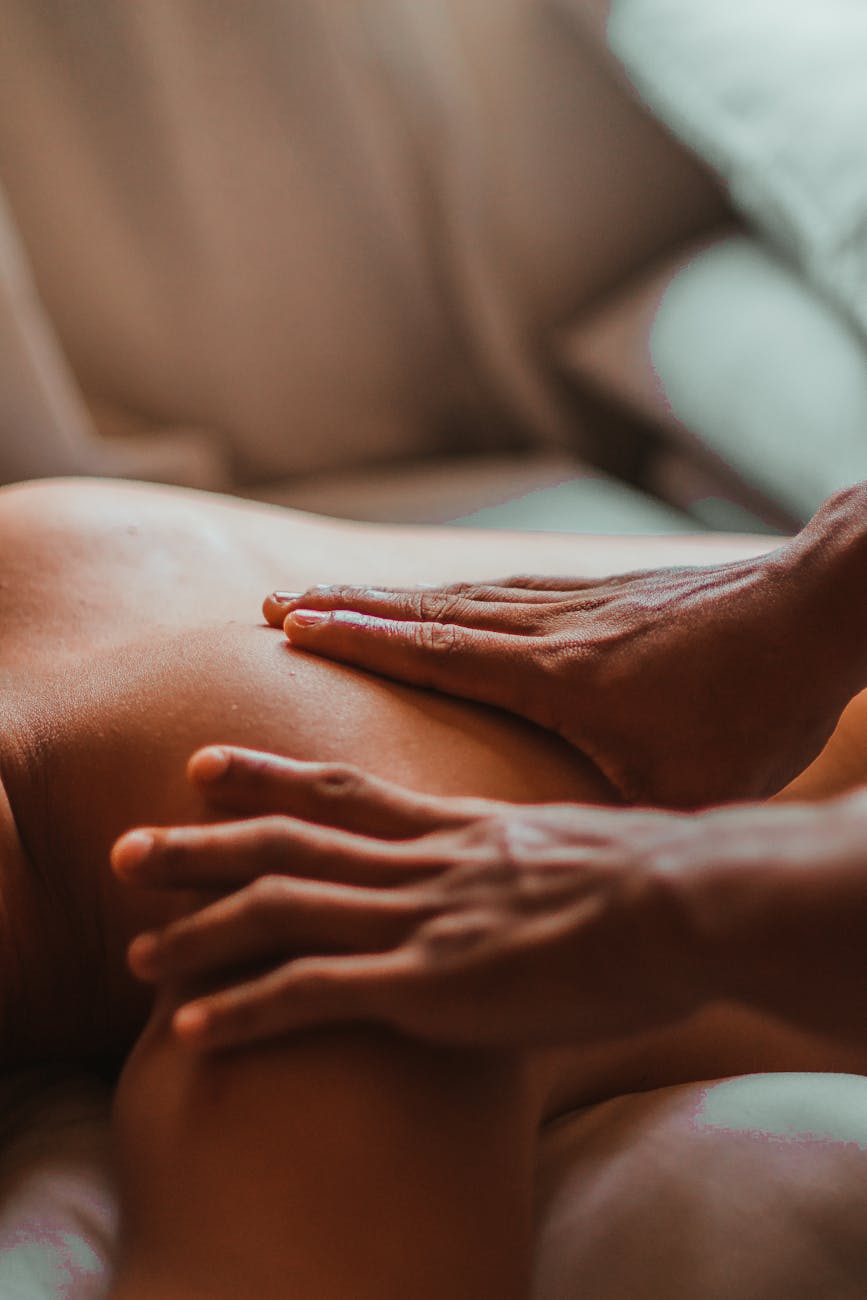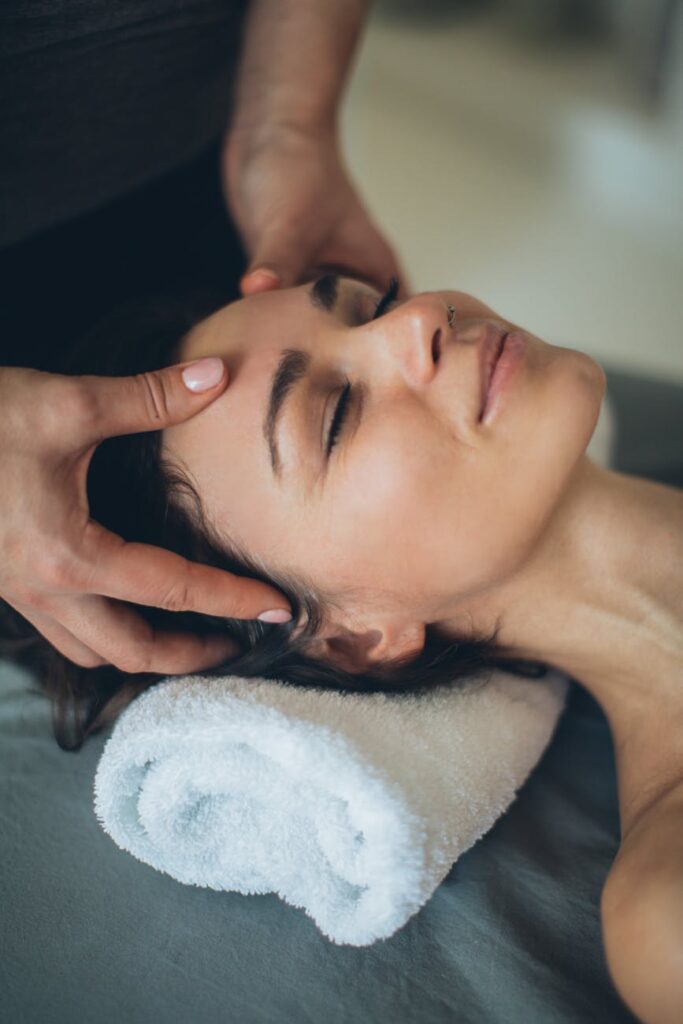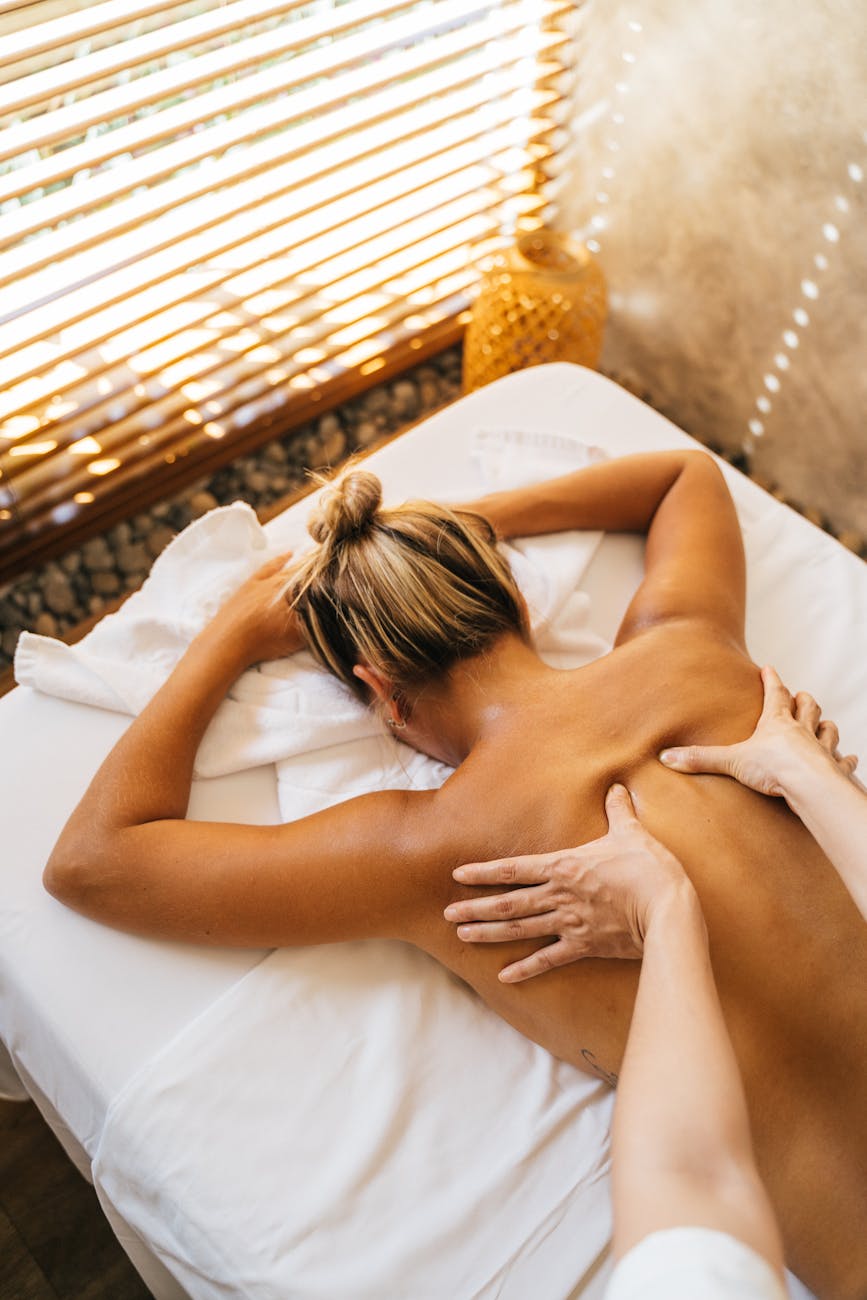
Our Top 10 Tips to Make the Most of Your Massage
1. Be on time. And remember to slow down when you get here! If you arrive in a frenzied, rushed state, it may take longer to relax. Feel free to arrive a few minutes early, kick back, relax, enjoy a cup of tea….
2. Not too hungry, not too full. Avoid eating a large meal or drinking alcohol just before your massage session.
3. Drink plenty of water. It is always a good idea to be well hydrated, especially before a massage therapy session. We don’t want to be massaging beef jerky, so hydrate those muscles and soft tissues. Which prepares us for Part 2 of this tip….Use the restroom before your session begins.
4. Communicate. This is YOUR massage and your body. It’s important that you be as comfortable as possible during your massage, so feel free to give feedback to your therapist regarding the amount of pressure, any discomfort (or relief) you are feeling, room temperature, music, etc.

8. Breathe. Full, natural breathing helps to facilitate relaxation of body and mind. Not BIG GIANT breaths, but real, full and gentle belly breaths, not shoulder breathing. Often, when a sensitive area is being massaged or the mind is anxious, people hold their breath. Breathe deeply into the areas of tension being worked on. If you notice you are holding your breath, gently remind yourself to breathe.
9. Take your time…We do. Don’t be in a rush to get off the table after your massage. Give yourself a couple minutes to fully absorb the relaxation and benefits of your massage. When you are ready, slowly sit up and carefully get off the table, allowing your body to fully integrate results of your massage therapy session. If possible, allow yourself some quiet, relaxing time after your appointment as well.

5. Undress to your comfort level. Your therapist will maintain professional draping throughout your session, only uncovering each specific area of your body being addressed at the time. In most cases, fully disrobing makes it easier for the therapist to perform the treatment, resulting in a more satisfying massage session for you. Ultimately, it is your decision whether or not you take clothing off, and the therapist will adapt their techniques to accommodate you.
6. Be present, allow yourself to quiet. Limit talking during your session to what is relevant to the massage. A little talking in the beginning of a massage can help you relax, but the more you let go and be present in your body, the more benefits you will receive.
7. Let go. We are the ones doing all the work here! Tensing or tightening up your muscles during a massage is counterproductive. If you find yourself becoming tense during your massage, be sure to let your therapist know so that the pressure or techniques being used can be adjusted to your comfort.

10. Make massage a habit. The therapeutic benefits of massage are cumulative, and the greatest benefits are experienced over time, especially for chronic conditions. The more often you receive therapeutic massage, the more quickly and deeply you will relax as patterns of tension and stress in your body are released. Discuss with your therapist a treatment plan and frequency of massage therapy that is right for you.